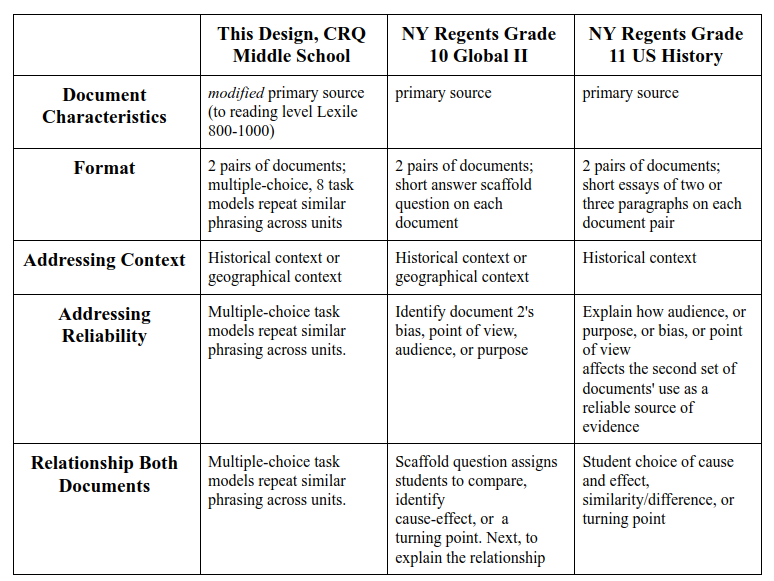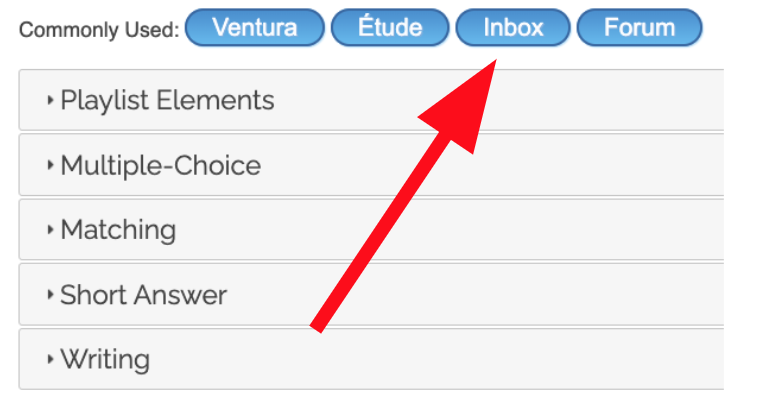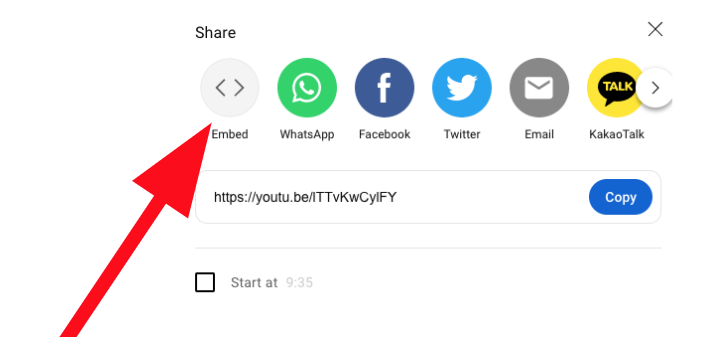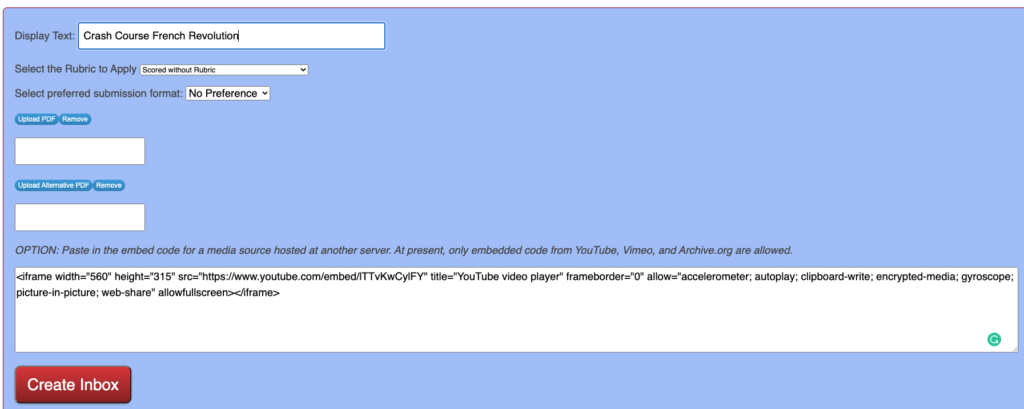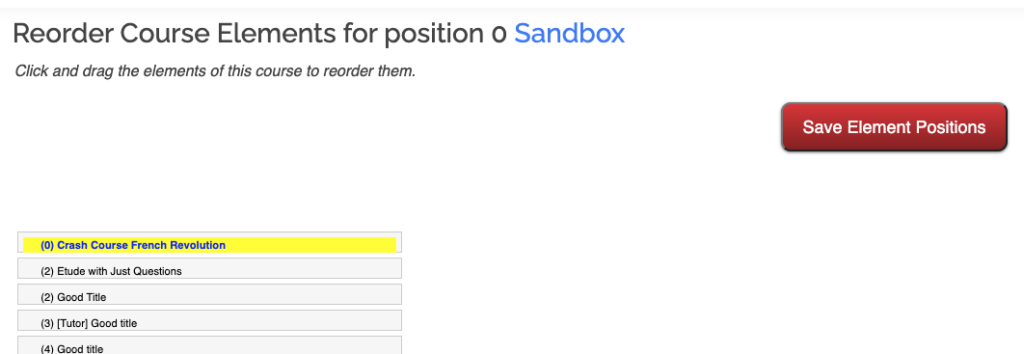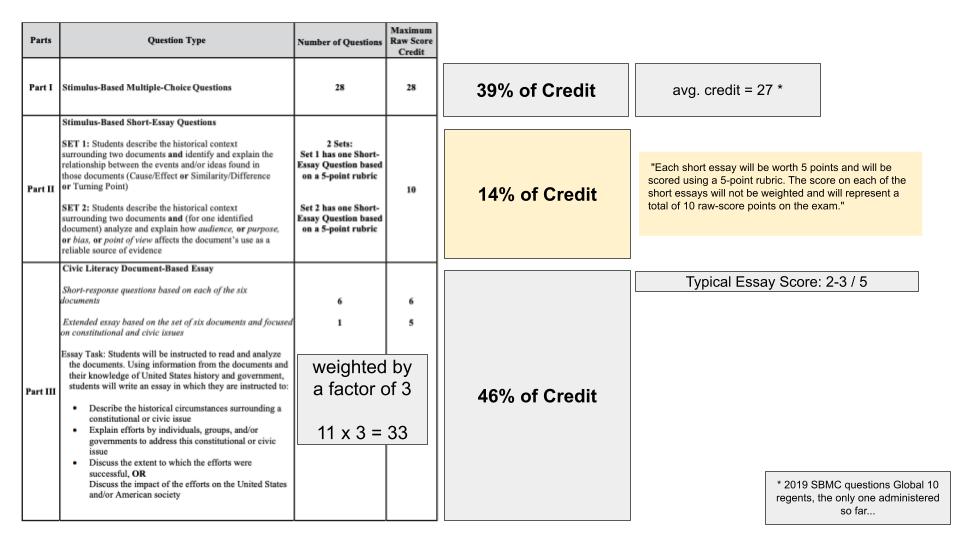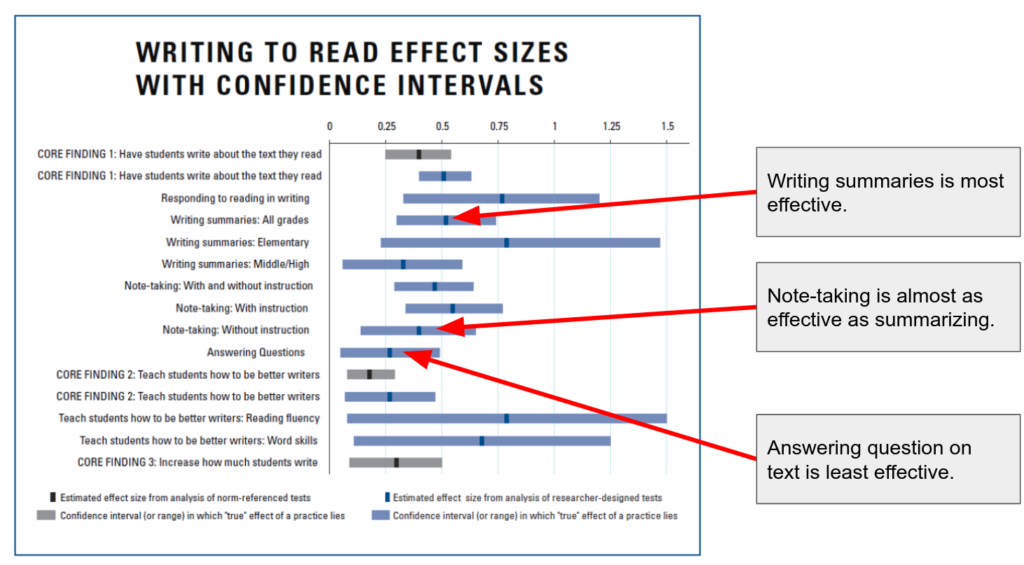If it’s a conceit of middle age to presume to have some accumulated wisdom or something to share, I apologize and ask your indulgence here. As I transition into retirement, I just can’t resist combing through my long career to try to find something of value.
For this exercise, I would like to imagine myself a guest speaker at a college course for aspiring school administrators. This is the kind of thing I would like to say…
Now, I’ve never been a public school administrator and nor have I ever aspired to such. I appreciate the enormous obstacles to success in this field even if not from personal experience. I have this idea that a person studying to become a school administrator could possibly find something useful in the views of a subordinate.
“Potestas (power) is the ability to do something, while auctoritas (authority) is the capacity to lead, and it comes from the respect one commands by reason of his dignity, his character, his knowledge, and his achievements. True leadership is the combination of both potestas and auctoritas.”
Cicero, De Legibus (On the Laws)
I taught middle and high school social studies. I got a chance in that time to teach about leadership and government in the past; what worked and what did not, maybe with some hypotheses as to why. An explanation from Roman civilization of note differentiated between two leadership powers: potestas and auctoritas. Potestas is the brute force to compel cooperation that societies confer upon their leaders. This is the power to force, physically or though threat of sanction, the cooperation of subordinates. Auctoritas, on the other hand, is the respect subordinates have for the leader that is born of leadership competence and compassion. Inevitably, a leader must get the cooperation of subordinates who may not choose that course of action. Leaders who rely on potestas use threats and sanctions. Leaders who employ auctoritas will get the participation of the unwilling out of respect. Roman philosophers regarded the leader who can lead with auctoritas, who seldom needs to resort to potestas, to be the superior leader. A society under such a leader will prosper and thrive in a more long-term and sustainable way.
Metaphors that work, metaphors that do not.
A metaphor that is apt for the skillful manager, the executive who operates with auctoritas: The Gardener. The gardener does not necessarily know how the tree produces its fruit, and they do not need to, but they do know how much sunlight the tree needs, what kind of solid promotes its growth, what pruning patterns best promote tree health and strong fruit yield. The good admin is a gardener who promotes the growth of their garden by creating the conditions for their success.
“Authority (auctoritas), not coercion (coercitio), creates obedience.”
Livy, Ab Urbe Condita (From the Founding of the City)
Here is a metaphor that is apt for the ineffective administrator, the executive who fails under the modus operandi of auctoritas: The School Bus Driver. The school bus driver is in charge. They are the only adult on the bus, so they are the only real expert on how to safely get to school. Everybody better sit down and behave on this ride! This admin sees themself as the central visionary of the journey; the only legitimate commander. The value of passengers is relative to their obedience, loyalty, and willingness to take the ride wherever the bus driver decides is the best road to take.
“To lead the people, walk behind them.”
Lao Tzu
The reason that the school bus driver is a bad admin is simple: teachers are not analogous to kids on a bus. Kids on a bus are young, innocent, inexperienced, limited by their immaturity. Teachers are highly educated professionals whose knowledge and experience in their subject will surpass that of the admin except for maybe subjects the admin once taught. You can tell when you’re in the school bus driver’s meeting when you realize the supervisor is hearing you but not listening to you.
A metaphor that is apt for the good admin, one who guides by auctoritas and finds success: The Tug-o-war Anchor. The Tug-o-war anchor is the person in the back of the rope. They signal the group to pull together when it is time. They arrange the team members along the rope to pull where they are most suited. The goal is created by the team, not by the leader’s particular vision or prejudices.
The first quality for a commander-in-chief is to be a man of virtue. His authority must be based not only on his power but also on his character.”
Sallust, The Jugurthine War
How can a leader best approach morale problems on their staff?
The proof of the existence of a morale problem is that someone says it; nothing more is needed. If a lot of people say it, then it is a serious problem. If many drop out of committees, it’s not a sign they are lazy, but it’s a sign they no longer have buy-in. Why did that happen?
Potestas leaders eventually have morale problems. There is high turnover is workplaces with weak leaders. Denial or debating whether things are actually all that bad denigrate the listener and trivialize their feelings in ways that have no possible good outcome. That path only earns the contempt of subordinates. An effective leader works to identify the causes of the morale issue and then seeks the counsel of those affected to arrive at reasonable remedies. Leaders accept all morale claims as unquestioningly legitimate and seek remedies as best as possible.
How can a leader best view themself in relation to the educational institution?
Unlike in the private sector where subordinates are often less skilled or knowledgeable than managers, in education the chief executive’s main purpose is to harness the potential of subordinates whose knowledge and expertise is superior to their own in their respective domains. The educational institution that reflects only the vision of the executive officer is culturally impoverished. School leaders understand they do not always know best. They seek regular information from department heads. They accept the direction to which research and regulations point even if it does not jive with their “gut”.
How can a leader enjoy the loyalty and support of subordinates even when they must take decisions they oppose?
Good leaders will have already built a reservoir of goodwill among subordinates. From time to time subordinates will need something extra or unusual: a little time off, an indulgence for a mistake, etc. Such little things are opportunities to build a reservoir of goodwill such that generosity and indulgence from time to time creates an attitude they will fall back on in times when executives must choose an unpopular but principled path. Executives in such cases are also prepared to give sound and convincing reasons for their claims that any reasonable person holding the opposing view would accept as defensible.
A leader’s power is not enough to inspire loyalty and obedience from their subordinates. Instead, a leader must possess personal virtues, such as courage, integrity, and wisdom, that inspire trust and respect in others. This idea reflects the Roman concept of virtus, or the combination of courage, excellence, and morality, as the foundation of leadership
Leaders Must Be Good Communicators
Leaders who are unskilled often communicate poorly. They often fail to convince the listener of an opposing view. They know they have the authority to impose their view and it shows in their manner. Being unresponsive is another communication flaw. Leaving messages unanswered is not a legitimate way to deny a query.
When a leader who relies on potestas attends a meeting to observe the input of subordinates, they arrive with their mind already made up and with a view to performing the show of hearing what subordinates have to say. When a leader who effectively manages with auctoritas arrives at a meeting with subordinates, the plan will be the one the group arrived at by consensus. These effective leaders say things like “once we all agree, we will…”
One should maintain an abiding and unwavering respect for the truth. One should strive to establish a workplace that is stable, predictable, and intellectually prosperous. Subordinates should not come to work wondering what will befall them that day; what aggression they will have to defend against. The ancients knew this well and it is a body of wisdom well worth considering in the present. I am not sure that good leadership can even be taught or studied. It seems very likely to me that some people are simply born with an innate leadership intelligence, a social intelligence, that other people can appreciate and respect.
